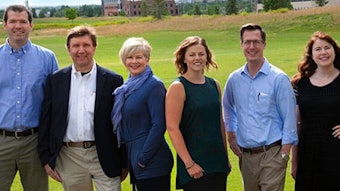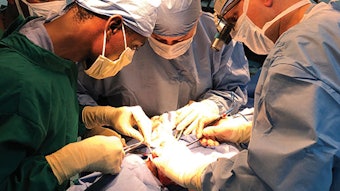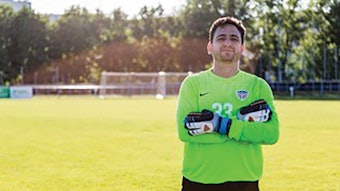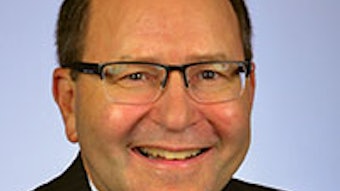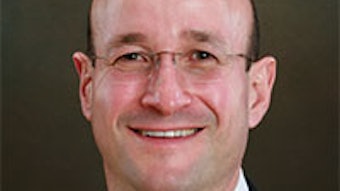Commentary: Consider osteopathic medical students
I have been paying attention to the growing concerns regarding declining application numbers for otolaryngology-head and neck surgery (OHNS) residency and unfilled positions with interest.
Akshay V. Patel, DO, MA
Connecticut Ear, Nose, and Throat Physicians; Co-Director, Head and Neck Cancer Program, Helen and Harry Gray Cancer Center at Hartford Hospital; Assistant Clinical Professor, University of Connecticut Department of Otolaryngology–Head and Neck Surgery
I have been paying attention to the growing concerns regarding declining application numbers for otolaryngology-head and neck surgery (OHNS) residency and unfilled positions with interest. Undoubtedly, a more rigorous application process1 and the high level of academic achievement expected of applicants are hurdles among medical students. Diminished exposure to OHNS curriculum likely inhibits growing interest.
2019-2020 committee application cycle opens November 1
Apply to become an AAO-HNS/F committee member and let your voice be heard! The 2019-2020 application cycle will open on November 1, 2018, and close on January 1, 2019. All committee applicants shall be in good standing with the Academy and must be a voting fellow, member, resident member, scientific fellow, international fellow, or international member of the Academy to be eligible to serve as a committee member.
If you have any questions about the committee process, please email committees@entnet.org.
Get Involved!
I worry that the recent reduction in applications is a prediction for the future, particularly among a generation of millennial trainees. Millennials are more aware of work-life balance, risks of burnout, and potential financial limitations of longer training programs.
Evidently, the ACGME and residency program directors are addressing factors related to work-life balance and resident wellness to combat burnout.2 As applicants’ awareness increases regarding mitigation of burnout, interest might rebound to some degree. Financial limitations of longer training programs are more complicated, and each institution must address this as appropriate.
One simple adjustment is for program directors to broaden their reach. Osteopathic medical students make up 25 percent of the medical student population3, and each year osteopathic medical students apply for American Osteopathic Association and ACGME-accredited residency programs. Osteopathic otolaryngology-head and neck surgery programs are competitive and draw well-qualified applicants. Historically, well-qualified osteopathic medical students have been deterred from applying to ACGME-accredited OHNS residencies due to unsubstantiated, unfavorable bias. 2018 NRMP data show that less than six percent of allopathic OHNS programs “often” consider osteopathic medical students for interview and ranking.4 Only three osteopathic medical students were accepted to ACGME-accredited OHNS programs in 2018.4
Few ACGME-accredited otolaryngology-head and neck surgery residency programs have interviewed osteopathic candidates, and fewer have accepted these bright, hardworking, eager, and well-rounded physicians as part of their training programs. It is less uncommon that osteopathic otolaryngologists are interviewed and accepted for competitive fellowship programs, but still bias exists.
As the single GME accreditation system draws closer, some osteopathic OHNS residencies aim to remain individually active, but will accept allopathic medical student applications. Other osteopathic OHNS programs are merging with ACGME-accredited allopathic OHNS programs, and one would hope that these combined programs will foster an equitable environment absent of bias against osteopathic medical students. Well-qualified osteopathic medical students interested in otolaryngology are available to help fill in the match gap. I urge allopathic OHNS program directors to reach out and consider osteopathic medical students more often.
References
- Kramer S. Is the Program-Specific Paragraph Responsible for Declining Application Numbers? A Commentary. Otolaryngol Head Neck Surg. 2018;158:215-216.
- Ambrose EC, Devare J, Truesdale CM, et al. Two Novel Approaches to Improve Otolaryngology Resident Wellness: The ACGME Back to Bedside Initiative. Otolaryngol Head Neck Surg. 2018;158:979-980.
- Osteopathic Medical Profession Report: 2017. www.osteopathic.org/about/aoa-statistics.
- The National Resident Matching Program. 2018 NRMP Main Residency Match. www.nrmp.org.





